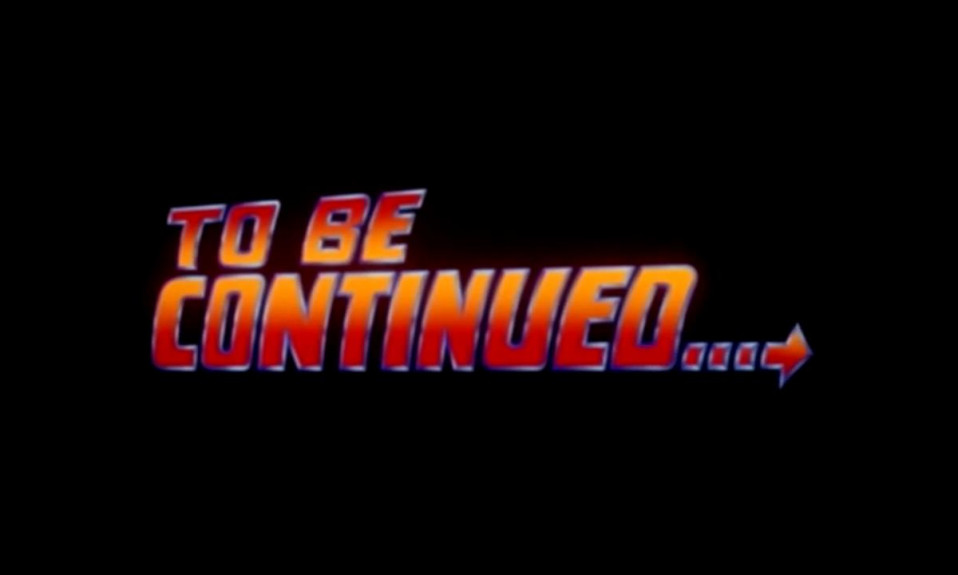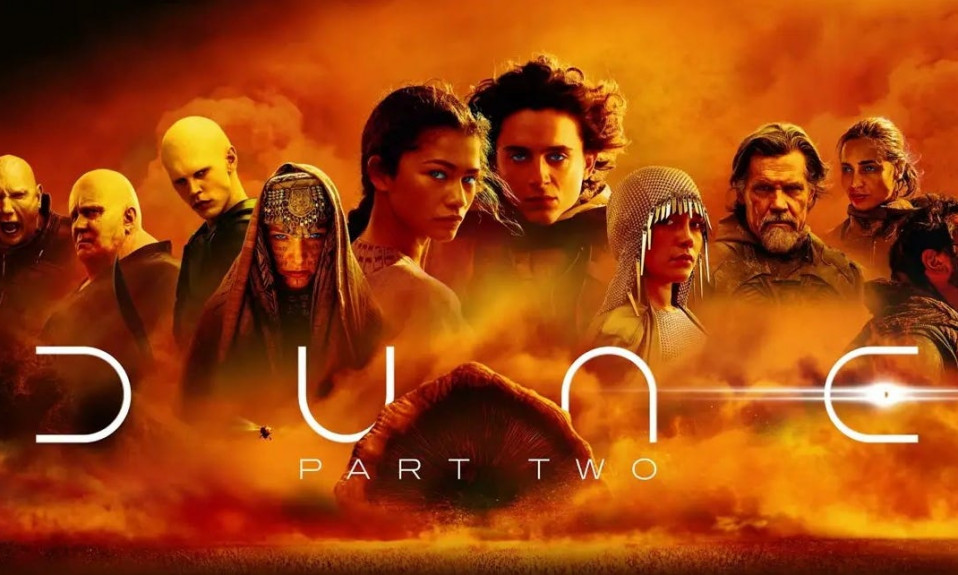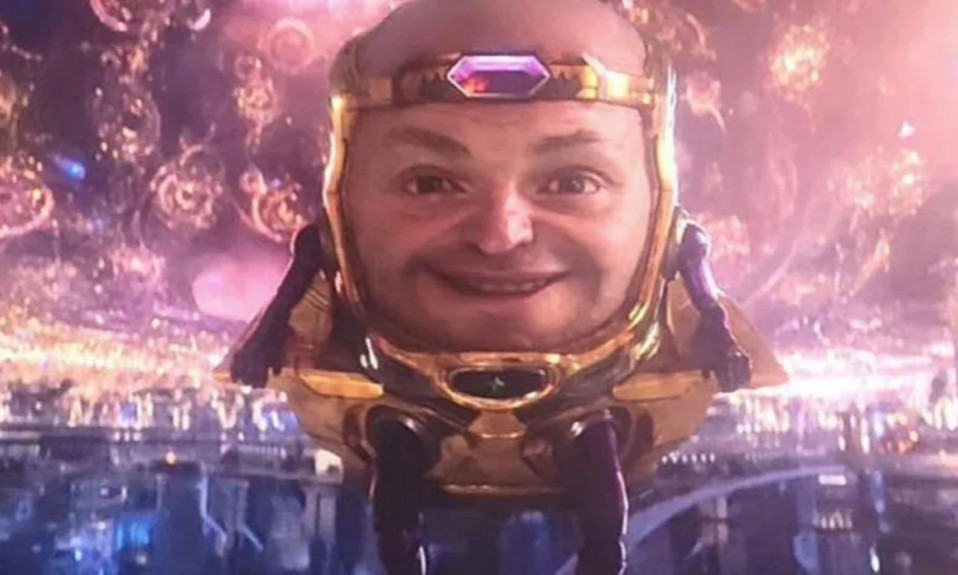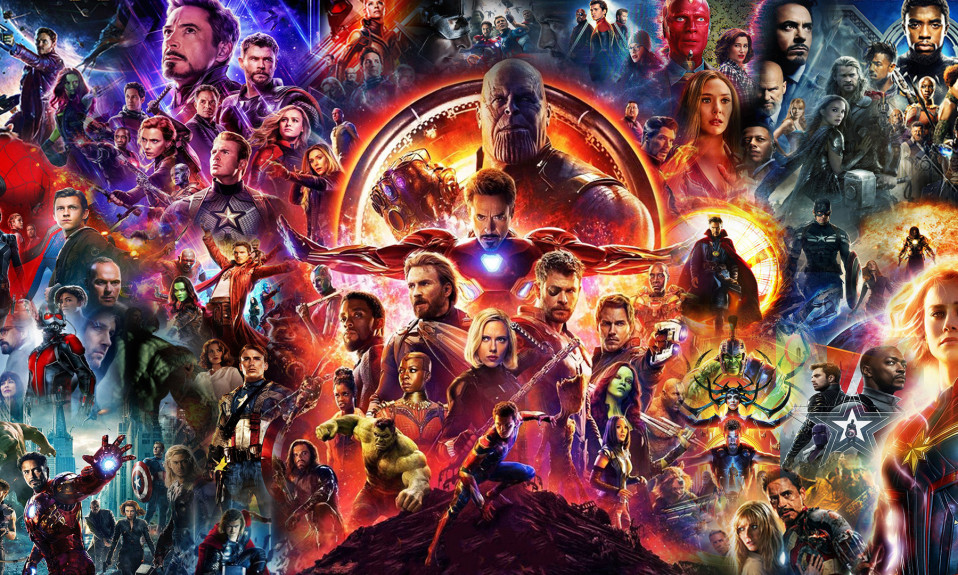Hollywood loves a trend. When studios see a film do well, they’ll try to copy its success for themselves. The success of The Avengers led to several other hopeful “Cinematic Universes”. The success of the Harry Potter films led to a surge in YA novel adaptations. So far 2023 has seen new entries in popular franchises that have all been “Part One”. While a sequel continuing on the storyline of a film is nothing new, these recent have been clearly Part One, with only part of the story being told. So how might this trend have started? Or have several studios just had the same idea at once?
Previously…
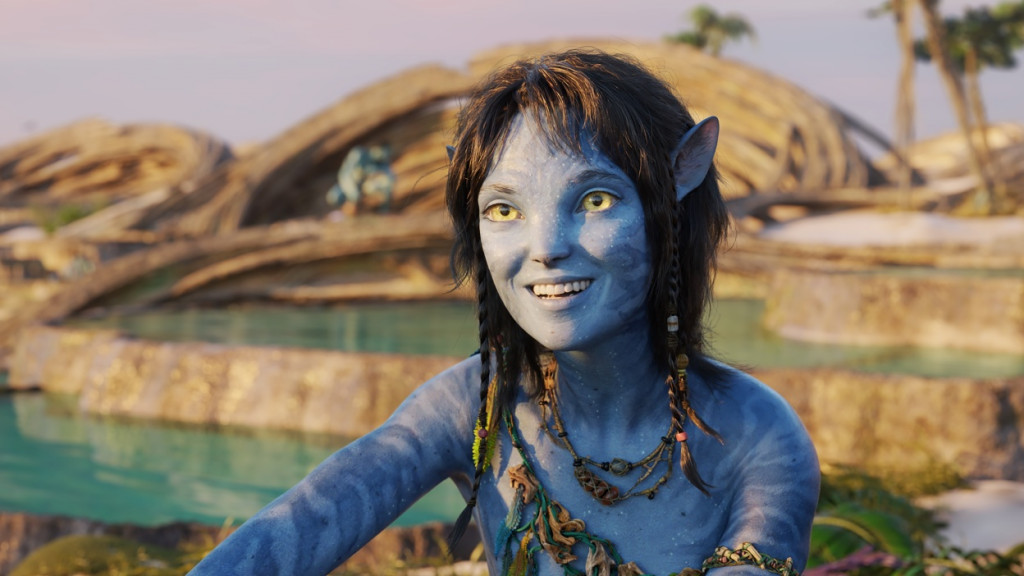
Of course, a film ending on a cliffhanger is nothing new. In the early days of cinemas, serials would play before the feature presentation, with the hero in a seemingly impossible situation, to be resolved in the next instalment. The practice is very common in television. The obvious reason for this is it encourages an audience to come back for the next instalment, in order to find out what happens.
One of the main reasons to split a film is because of runtime. There has been some talk in recent years around films being too long, with the likes of Avengers: Endgame, Oppenheimer and Avatar: The Way of Water all running over three hours. Older films, like Lawrence of Arabia or Seven Samurai, featured an intermission, allowing an audience chance to stretch their legs, use the bathroom, and think about the film. Quentin Tarantino chose to release Kill Bill into two parts, rather than cut “some of the best scenes”. The film was written and produced as one film, only being split during the edit. Sam Raimi wanted to do something similar with Spider-Man 3, but could not find the right point to split the film.
Of course, some films go into production, knowing it’s only part of the story. Back To The Future, Pirates Of The Caribbean: The Curse of The Black Pearl and The Matrix had sequels greenlighted after the original instalment was a success. Parts two and three were filmed back to back. Filming in this manner allows the production to save money, work around actors’ busy schedules and avoid things like characters ageing between instalments.
Next Time…
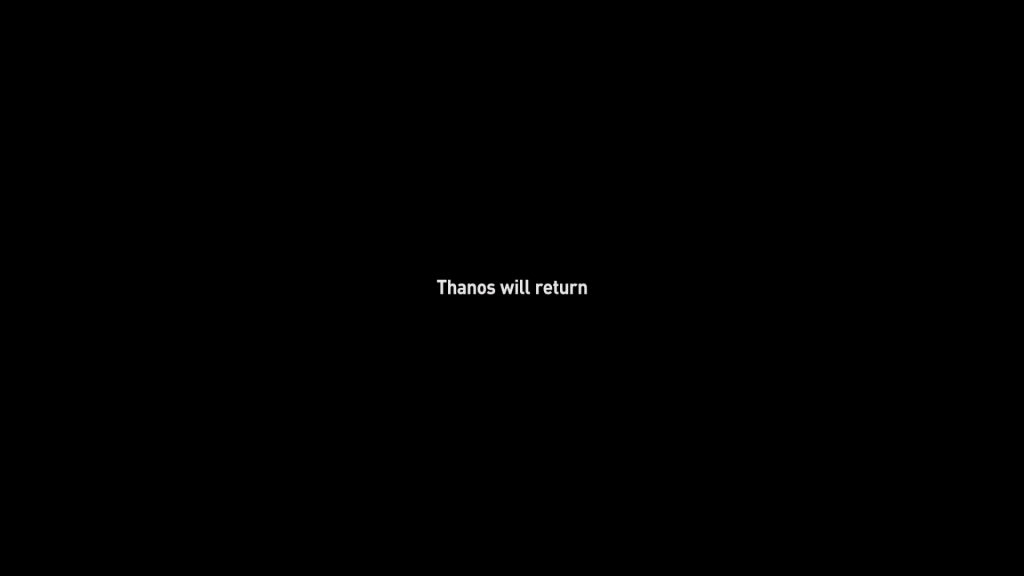
Harry Potter and the Deathly Hallows started a trend of two-part finales. Warner Brothers were concerned about a long runtime, and the filmmakers did not want to miss key scenes from the books. The decision was made before production began, and it was treated as one film. Interestingly, the fifth film The Order of the Phoenix, is the second shortest film, despite being the longest book. The decision to split the final book in two worked, as both parts were well received, and the final entry was the highest-grossing of the franchise.
Many other franchises saw this success, with it becoming common practice to split the concluding chapter into two. The Hunger Games: Mockingjay, Twilight Breaking Dawn two other big YA franchises followed suit. It was also attempted with the Divergent series, but the poor box office cancelled the fourth entry.
One of the biggest two-parters in recent years is the two-part “finale” of the Marvel Cinematic Universe. Originally announced as Avengers: Infinity War Part One and Two. The two films were shot back to back but were very much envisioned as two films. Likewise, the It films adapted two different parts of the book, but the second film was dependent on the first’s success, as with Dune. These films all have a lengthy runtime on their own, so splitting them seems natural (because intermissions are less popular now).
Ultimately, part one of a story seems unavoidable sometimes. Many of these films likely could be cut down, but some moments that turn out to be favourites would have to be cut, and that can make later moments not hit as hard. As we’ve seen countless times, trying to cram a whole book, especially into two hours is incredibly difficult, so Dune: Part Two makes a lot of sense. It doesn’t seem likely they’ll be going away anytime soon either, at least not unless the interval comes back.
Also Read: Don’t Make That: Films That Don’t Need A Sequel/Reboot


